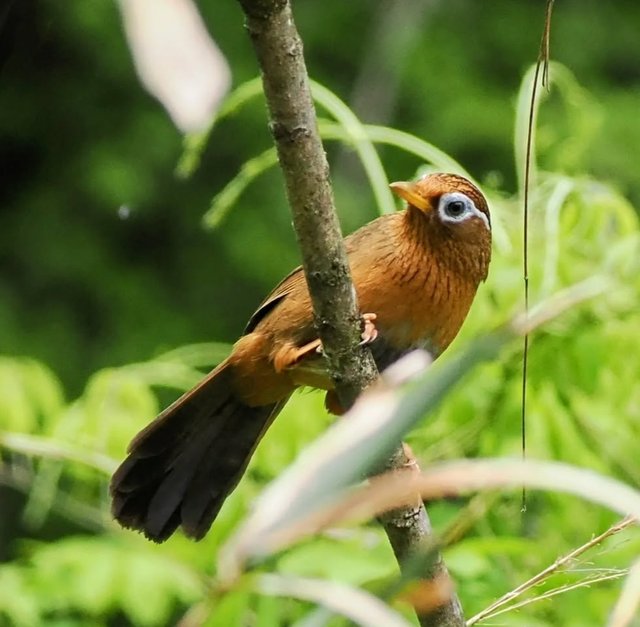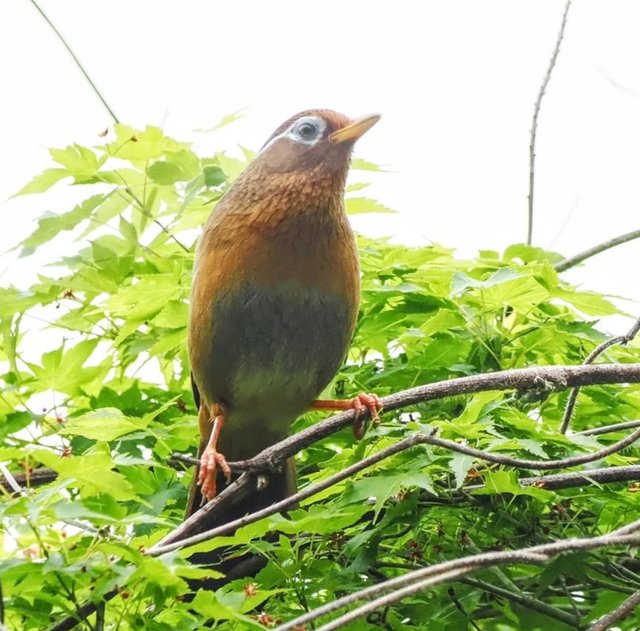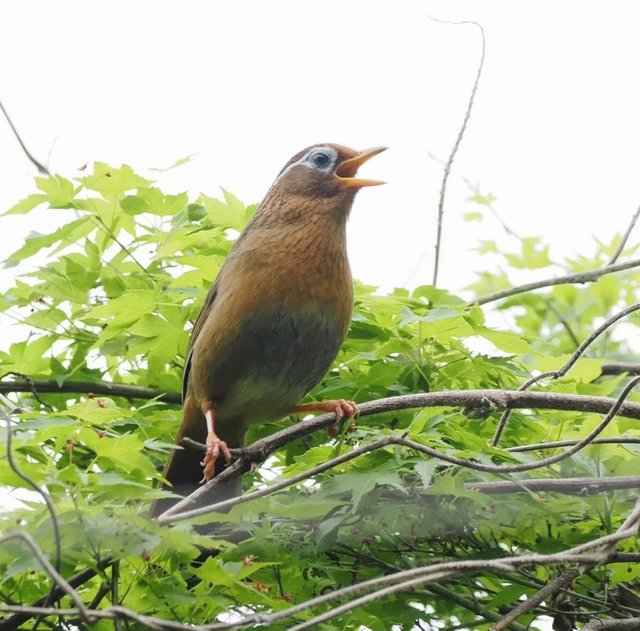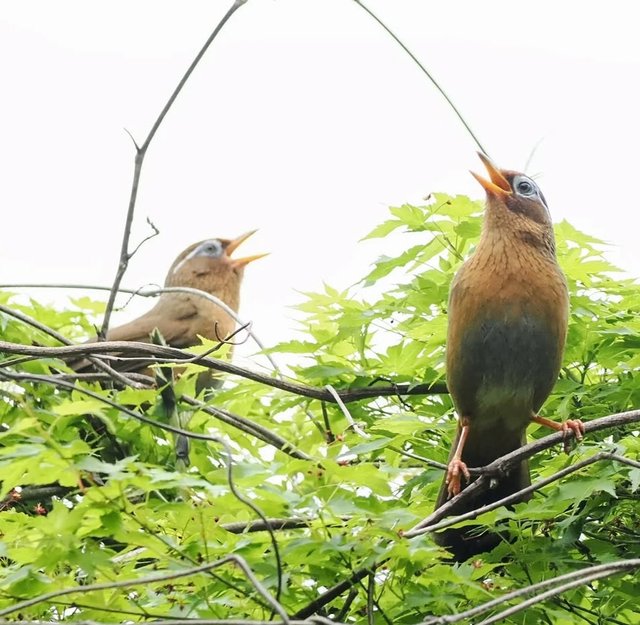So Cute Chinese Hwamei Bird
The Chinese Hwamei: A Songbird Steeped in Beauty and Tradition
The Chinese hwamei, often simply known as the "hwamei," is a bird celebrated not just for its melodious song but also for its place in Chinese cultural history. With its striking appearance and distinctive, flute-like voice, the hwamei has captivated bird enthusiasts, poets, and nature lovers for centuries.
Origins and Distribution
The hwamei is native to East Asia, primarily found in China, Vietnam, Laos, and Taiwan. The name "hwamei"means "painted eyebrow" in Mandarin, a nod to the bird's most distinguishing physical feature: a bold, white stripe that sweeps behind its eyes like a delicate brushstroke. This "eyebrow" gives the bird a unique and somewhat human-like expression, often noted in Chinese poetry and folklore.
Two major subspecies are commonly recognized:
Chinese Hwamei – native to mainland China.
Taiwan Hwamei – originally endemic to Taiwan, though hybridization with introduced mainland birds has complicated its status.
Physical Characteristics
The hwamei is a medium-sized thrush-like bird, around 21–25 cm in length, with brown plumage that can appear subtly iridescent in sunlight. Its body is sleek and agile, built for life in dense undergrowth and bamboo thickets. Although its plumage may seem modest compared to other tropical birds, its vocal talents are what truly set it apart.
A Birdsong Like No Other
The hwamei’s song is a rich, melodious cascade of whistles, trills, and warbles. Males are particularly vocal, using their song both to establish territory and to attract mates. Because of their beautiful and complex vocalizations, hwameis have been prized as cage birds in China for hundreds of years.
In traditional Chinese culture, bird song competitions were held to determine the most skilled singers, and owners would take great pride in training and showcasing their birds. Some people even trained their hwameis to respond to commands, or taught them to mimic tunes and other birds.
Cultural and Historical Significance
Hwameis are more than just birds in China—they are a symbol of refinement, leisure, and scholarly pursuit. During the Qing Dynasty, for instance, it was common for literati and retired officials to keep hwameis as a sign of cultured sophistication. The bird's plaintive voice was seen as an expression of the human soul, and its songs were sometimes interpreted as metaphors for longing, nostalgia, or unspoken emotion.




%20(7).jpeg)